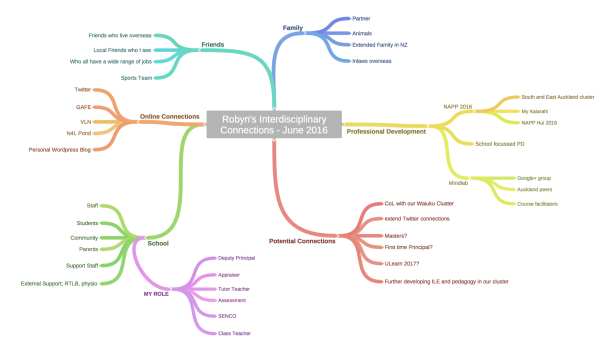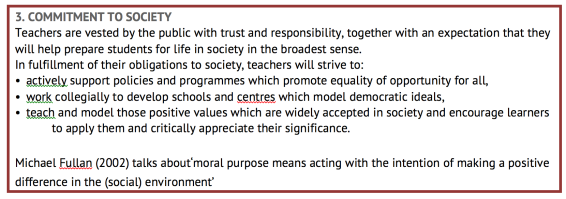My Mindlab Journey
And what a journey it has been. I have loved every part of it and seen my own knowledge and theory around current practices grow. Sure there have been points where I wanted to shut my essay and computer away forever but I persevered and got through it. Interestingly I have found the second half much more beneficial to me as a practitioner, spending time designing an inquiry and spending time each week reflecting on my own Community of Practice
I am lucky to have two other teachers on the course with me and another two half way through. We aim to have all our teachers through Mindlab by the end of next year. Even with only five of us undertaking the programme I can see the changes in language echoing around the staffroom and classrooms. We talk about Growth Mindset and how it has affected us, as we have become students once more. We now spend our days imploring students to fail and encouraging them to challenge their own reactions when they do fail.
I see in my own practice the willingness to let go, to let the students guide their learning, and to let them teach the class. I have been brave and started lunchtime clubs focussing on coding and 3D printing, areas I know very little about. I have learnt alongside my students and felt pride in my own little projects just as the students have.
Two key changes in relation to the Practising Teacher Criteria
PTC 12 Fully registered teachers use critical inquiry and problem-solving effectively in their professional practice.
Through Mindlab I have worked to improve my own inquiry process and how I problem solve issues within my teaching practice. Before the course I would say that I was a minimalist in terms of my weekly reflections and my appraisal targets. I would reflect in my head at the end of a busy week and maybe adapt my next weeks planning as a result. I would dutifully complete my appraisal and targets but never really have buy in with the process as a whole. My inquiry through Mindlab has showed how I have changed and how I am considering myself as the catalyst for my students to develop and make progress. I utilised Google apps when designing my inquiry, looking at how student and teacher voice could be collated electronically. My aim is also to improve my time management and task management by streamlining my appraisal where I can. My online blog for my appraisal now consists of links to my inquiry, planning, and assessment so that my appraiser can easily link in to what I am doing without having to repeat work for myself.
PTC 8 Fully registered teachers demonstrate in practice their knowledge and understanding of how ākonga learn.
Through the first 16 weeks and my literature review I gained more knowledge about how students learn and the different environments they succeed in. As a result I have been able to support other teachers who are moving into ILE spaces or simply developing more collaborative practice. Student voice has been gathered and as a result programmes such as Mathletics and Khan Academy are being more fully utilised in class and for homework. Teachers have been looking at learning spaces within their own classrooms and how to flip their learning space to allow learners to work independently or collaboratively; standing, kneeling, sitting or lying.
My dream regarding future professional development
I think very, very, few whole school PD opportunities provided by outside agencies work. I have only experienced one course or session (in the last five years), which challenged my teaching or engaged me to work harder or smarter. Too often these providers are employed by the school for a generic purpose eg Maths, when unfortunately there will already be practitioners in the school who are more qualified, more recently in class (ie. now) and more aware of the current situation in their school than anyone coming from outside. Schools and especially new principals are ‘encouraged’ to take on these whole school projects when I would like to see us using the strengths we have within our own culture of practice or at least within our own CoL.
At least in that way the PD provided should be much more specific and relevant to the individual school rather than a blanket course offered to many different schools throughout the year.
Ultimately no matter what PD is offered within my school or CoL I will continue my own professional learning through my Twitter connections and new friends made through Mindlab.















